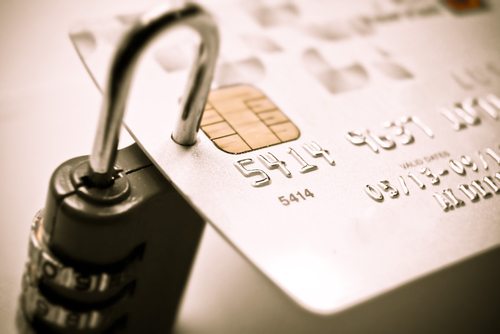ReasonLabs researchers detail the activities of one of the largest fraudulent online credit card schemes active today. The sophisticated scam has reportedly siphoned tens of millions of USD from credit cards since its launch in 2019. Excerpts
The fraudster’s strategy includes operating a massive fake network of dating and adult websites with functional customer support capabilities. Once the sites are live, the scammers coerce payment providers to gain the ability to accept credit card payments. At this point, the fraudsters search the darknet and acquire thousands of stolen credit cards and charge them to their fake website’s services.
We estimate it has amassed tens of millions of dollars in fraud from tens of thousands of families and individuals. We estimate it is operated by a crime syndicate and found evidence that it originated in Russia. The infrastructure is built on top of Amazon Web Services and uses GoDaddy to circulate hundreds of domains.
The opinions expressed in this post belongs to the individual contributors and do not necessarily reflect the views of Information Security Buzz.



